110 Years of Llewellyn: Part 2
110 Years of Spiritual Development
Part 2 of a 3-part Series
Read Part 1 HERE
Preparing the Ground. Planting the Seeds. Nursing the Seedlings.
In the beginning of my first post on this history, I mentioned the concept of The Enlightenment. Part of the concept of The Enlightenment was that people no longer needed kings or religious authorities. They could rule themselves. This was highlighted in the Preamble to the U.S. Constitution which used the biggest words on the page to declare that the U.S. was being founded not for religion, not by kings, but by “We the people.”
In 1901, 117 years after the Constitution was created, countries of the world were still controlled by kings and religious authorities. The Enlightenment had not fully resulted in the evolution of the world.
My key word defining the meaning of the Tarot’s Death card is “evolution,” or more exactly, positive evolutionary change. When evolution is delayed or denied—when the actions of the Death card are actively opposed—the result, inevitably, is revolution. In the Tarot, “revolution” is my key word for the meaning of the Tower card. The evolution toward full implementation of The Enlightenment had been actively opposed by world rulers. Revolution was inevitable.
The first half of the 20th century was dominated by two world-altering, revolutionary events: World War I (the “War to End All Wars”) and World War II. WWI was a massive blow in the revolution to change from the “Olde” world to a new one where humans would be masters of their fates, not beholden to kings or gods. But it did not fully result in this worldwide change. WWII furthered the revolution to wipe out the Olde,* but did not fully bring in the new.
There were major changes between the wars, too. Immediately following WWI, as if Mother Nature were not satisfied with the revolutionary work done by humans to get rid of the Olde World and make way for the new, the world was struck by the great Spanish flu pandemic of 1918.
In the 21st century it’s challenging for people in industrialized nations to even conceive of the massive disruption and death caused by the flu pandemic. It actually ran from June, 1917 through December, 1920. Worldwide, more than 25% of all people were infected. Somewhere between 50–100 million people died—the exact number ca’t even be guessed. Even at the lower estimate of deaths, that was more than three times the number of people who died in WWI. As a comparison, WWII statistics estimate that a total of between 50 and 70 million people died from the Second World War.
The vast number of deaths from WWI and the flu had some important results. First, the incredible loss of life resulted in an increase of interest in spiritualism. In the 1920s, with his career flagging, Houdini used the debunking of fake mediums as publicity, a technique he used until his death in 1926. It is part of the Houdini myth and young Houdini imitators often attempt to emulate him in action and skeptical beliefs (although not going so far as to adopt his Jewish faith).
Another important aspect of the horrible loss of life was a shortage of workers. The need for labor resulted in increased wages. New laws in the U.S. allowed questionable use of money. The consequence was a financial “bubble” of people with vast wealth followed by a crash and the great depression.
With the interest in work, rebuilding families, and just surviving, interest in the occult waned. According to Nadia Choucha’s book Surrealism and the Occult, it was the artistic world of the surrealists that kept occultism alive. I would suggest that surrealism—often built more upon the ideas of Freud than on anything traditionally mystical—may have kept alive an interest in the idea of there being “something more” than our material world, but the drive for a cohesive mystical and magickal movement was kept alive through smaller sources.
MacGregor Mathers, the important leader of the Hermetic Order of the Golden Dawn, was felled by the Flu pandemic. Crowley, the first to publish the Golden Dawn’s secrets in The Equinox, claimed he had killed Mathers by magick. Crowley lived until 1947. His writings, during his lifetime, were never very popular. There are more students of his ideas and techniques today than at any time in history. Israel Regardie published his massive book, The Golden Dawn, in four volumes, beginning in 1939. That printing remained the only version available for decades. Various books on New Thought and spiritual topics appeared, but there was no connection, no unifying link between them. For example, William Walker Atkinson, using a variety of pseudonyms, wrote on New Thought, Yoga, and Western Spirituality.
After WWII, the big focus among people was to build new homes (living in the suburbs exploded in popularity), expand cities, and link them with roads. Soldiers returning from war began families and the result was the “baby boom.” Again, due to the war and loss of life, wages grew. The middle class grew. The children of the boom grew into young adults and, because of the growth of the middle class, discovered something not available before: time and education. This resulted in generations wondering if there could be more to life. First there were the “Beats” and their jazz music. As racial walls came down, the music changed. Rock and roll became the popular music format. In 1961, the first birth control pill became available. With new music and new sexual ethics, the young people started looking for a new focus, a new, more spiritual life. More on this change and the role Llewellyn would play in my third post on this subject.
Llewellyn from 1901—1961
There can be no doubt that the guiding force behind Llewellyn during this period was the seemingly tireless Llewellyn George with his interest in sharing astrology. Here, from the inside back cover of just one of his catalogs in 1945, is a list of the “complete” writings of George:
This would be enough to please any writer. Look at what was included in his course on astrology, The “Astrologian Outfit,” as seen from this announcement in the same catalog:
In 1905, shortly after founding Llewellyn, George published the first issue of the Planetary Daily Guide (now called the Daily Planetary Guide or “DPG”). This annual guide, still being updated and published over a century later, was the first modern resource allowing more advanced astrological information other than whether it’s a bad day or good day as was so common at the time.
People often ask me why I wrote Modern Magick. There are many reasons, one of the most important being to empower people—to give them the information to change their own lives. The DPG, according to Carl Llewellyn Weschcke, “pioneered ‘self-empowerment’ through easily understood information and knowledge…with each day listing the important Solar, Lunar and Planetary positions and aspects along with full guidance on how to use the information to take advantage of the positive energies in relation to your needs, and to avoid the negative ones.” Today, the DPG includes weekly forecasts reflecting the general astrological influences of the week.
In the early 1900s, George gave a series of lectures on astrology. These were compiled and continuously revised until George’s death in 1954. According to Weschcke, “Continuing his pioneering of modern astrology, [George] traveled the country and spoke at many astrological gatherings even before there were associations like the American Federation of Astrologers and conferences organized to bring leading astrologers together with serious students.” I am happy to announce that some of the more relevant and valuable of his lectures are being edited and may be released in the future both for their historical and continued educational value.
It’s important to remember that in the beginning days of Llewellyn, and for the next 80+ years, there was no internet to order metaphysical books and supplies, and most people were not near bookstores. If you were one of the few living in a major city and did find a retail bookstore, you were unlikely to find many metaphysical books. Llewellyn pioneered making astrological and metaphysical books more easily available, primarily through mail order. According to Weschcke, “Llewellyn George dedicated his life and Llewellyn Publications to making astrology available to everyone. ‘Mail Order’ was a great tradition, soon to be supported by such venerable catalog houses as Sears Roebuck and Montgomery Ward. Times have changed, and there are many bookstores carrying astrology and New Age books, and nearly 800 stores in the United States that specialize not only in stocking these books but in providing classes and supporting lectures and workshops by leading authors and teachers.”
In my workshops I often encourage readers to support their local independent stores.
Today, of course, Llewellyn is at the forefront of specializing in offering New Age books on line. We are still maintaining our printed catalog for those who prefer it. If you’d like one, and you live in the U.S., fill out the form HERE.
One of the things I always remember that Carl Weschcke said is that Llewellyn is about the “democratization of magick.” This means going beyond the philosophical and theoretical all the way to the practical. One of my favorite words is praxis. It means putting theory into practice. In fact, I would say that unless you put theories into practice they are worth very little. Today, on the internet, I often see people arguing over theories and minutia which could easily be resolved if these armchair magicians got out of their chairs and actually did something!
Since it’s inception, Llewellyn has been about making techniques such as astrology available and practical so that individuals can make use of them. Here is an image from a product sold in 1917:
These “Life Cards” were a practical application of numerology, showing how you could easily use numerology to understand and make changes in your life. Although these cards are no longer available, Llewellyn continues to make numerology practical and accessible with books such as Numerology for Beginners. Again quoting Carl Weschcke, “Practical experience remains the best teacher of all.”
While most popular books on astrology offering daily guidance are based on the position of the Sun, George pioneered an associated focus on our nearest astronomical neighbor, the Moon. His Moon Sign Book began in 1906 and continues in publication for today and tomorrow. It gives extremely practical advice including such things as when to get a haircut, plant crops, go on vacation, make a major purchase, have surgery, or go fishing. The importance of this annually updated book was the way it would empower readers. You didn’t have to go to an expensive counselor just to get precise astrological information. You also didn’t need to have advanced training in astrology to figure out the meanings of the raw information. With the Moon Sign Book astrology became practical for everyone. Weschcke wrote, “The Moon Sign Book simplifies astrology to a wide variety of practical applications and provides both tables of date & time, and explanations of the principles involved. Llewellyn George took the mystery and ‘magic’ out of esoteric science, and gave everyone equal opportunity.”
In 1920, George moved to the Los Angeles area, taking Llewellyn Publications with him. It seems that by 1927, the Llewellyn name and reputation had become strong enough that George’s original Portland School of Astrology could be folded into a Llewellyn College of Astrology:
This diploma from 1927 shows how George was not only a pioneer in sales of books via mail, but also for mail order courses. Mail order courses became popular during the run-up to the Depression as people valued education more and more. Such courses became even more popular during the Depression as people saw an education as a way out of poverty.
Today, many people see Apple’s Steve Jobs as a marketing genius because of his linking of computer hardware and software. Buy one and you’re inclined to buy some of the other. This is called the “halo effect.” But it was George who was a pioneer of this concept decades earlier. This course with its diploma was actually sold as a “supplement” to the A to Z Horoscope Maker and Delineator (still in print but greatly edited and enhanced for modern audiences and known as Llewellyn’s New A to Z Horoscope Maker and Interpreter).
Above is the cover of the 1929 edition of the “A to Z.” Still in print after nearly 100 years—and constantly up-dated and expanded—it is both a textbook and a reference. It has probably trained more astrologers than any book in history and is used by trained astrologers as a reference to details.
In my opinion, throughout the entire history of Western Civilization, the two most important books on astrology are Ptolemy’s Tetrabiblos, which established the rules of astrology, and George’s A to Z, which made that information (updated with recent discoveries and explained in modern language) available to all. Yes, there have been many other books on astrological principles that have been valuable, but none have had a greater lasting impact than these two books.
Above is the 1930 issue of George’s The Astrological Bulletina. It was published from 1908 until George’s death. Although it wasn’t a pure magazine—sort of a magazine, journal, and semi-annual publication—it did show that Llewellyn has had an interest in magazines. This manifested more strongly after Carl Weschcke purchased Llewellyn in 1961 and will be described more in the concluding installment of this series.
Published in 1941, The Sky is the Limit was a small booklet written by George. It’s stated purpose was as an “inexpensive book to correct common misconceptions of Astrology by revealing facts concerning its values.” Thus, George was not only a teacher, practitioner, and proponent of astrology, he was also a defender of astrology as a practical and usable tool. Within this booklet he quoted a variety of famous writers and philosophers, as well as the Bible, to show that astrology was not about some supposed unchangeable fate, but rather that the real purpose and value of Astrology is to help us improve our lives today. He illustrated its values in areas ranging from criminology to agriculture, from poultry farming to medicine including surgery and dentistry, in business and in other fields. He explained astrology’s basic principles simply and concisely, gave basic information for each of the birth signs and their planetary rulers, information on planets, houses and signs, planetary hours, comets, and such common information as how the days of the week were named.
It is in this booklet that George reveals his approach to astrology. In answer to the question, “Is Astrology Science or Religion?” he responds,
To me, Astrology is a universal religion and a science-in-the-making…Astrology is the connecting link between the Human and the Divine. It is a spiritual science couched in finite terms for the understanding of mortals struggling toward the light of a better day.
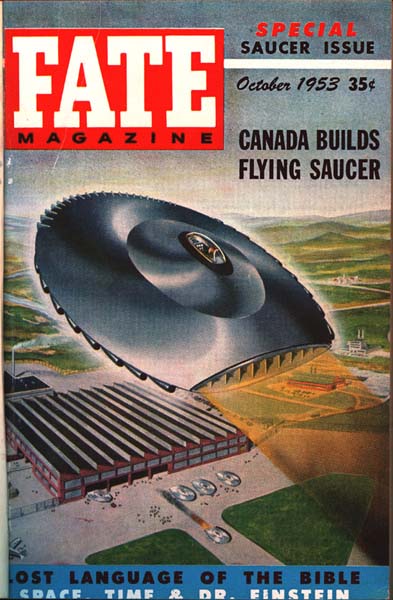 Fate magazine began in 1951. It started telling stories that ranged from fact to fiction that was implied to be fact. Over the years, it evolved to a magazine that presents facts and possible interpretations, infuriating debunkers and so-called “skeptics.” Although it was not started by Llewellyn, FATE would eventually be purchased and run by Llewellyn for several years. More on that in the concluding post of this series.
Fate magazine began in 1951. It started telling stories that ranged from fact to fiction that was implied to be fact. Over the years, it evolved to a magazine that presents facts and possible interpretations, infuriating debunkers and so-called “skeptics.” Although it was not started by Llewellyn, FATE would eventually be purchased and run by Llewellyn for several years. More on that in the concluding post of this series.
Llewellyn George died in 1954. The company passed in ownership to a printer. The printer discovered that publishing is not an easy business. He cancelled most of George’s books. After a few years of struggling, he decided to sell the company, if anyone would buy it.
In 1930, Carl Weschcke was born. His family had become wealthy from selling over-the-counter pharmaceuticals. But he had other desires. He wanted to publish books. The easiest way would be to buy an an already existing publisher. He asked business friends if he should get into publishing. They advised him against it because it was a difficult business. Raised with an interest in astrology and the occult, he asked if he should publish books on astrology and the occult. Again, he was advised him against it. Astrology was dead. The occult was dead. New books on astrology were just rehashes of older works. Nobody wanted them. Nobody was buying them.
Still, he looked until he saw an advertisement from printer in California…
To be continued…
 All that remains of the original Llewellyn Publications from the years it existed in Los Angeles, from 1920–1961. This is the rusting hulk of the neon sign that once lit up the night from the roof of the building at 8921 National Boulevard in the Palms/Culver City area. On the upper left was a crescent moon. In the center was a pentacle. At the right was a full moon. The sign says, “Read the Moon Sign Book.”**
All that remains of the original Llewellyn Publications from the years it existed in Los Angeles, from 1920–1961. This is the rusting hulk of the neon sign that once lit up the night from the roof of the building at 8921 National Boulevard in the Palms/Culver City area. On the upper left was a crescent moon. In the center was a pentacle. At the right was a full moon. The sign says, “Read the Moon Sign Book.”**
A slightly different view of the sign. The sign is currently resting against the eastern wall in the small back yard of the Bodhi Tree Bookstore in West Hollywood. The Bodhi Tree opened in 1970 and became a focal point for Los Angeles’ metaphysical and new age community. People came from all around to shop its large and varied assortment of books, unequalled anywhere in the area, as well as just to revel in the store’s calm and peaceful atmosphere.
Unfortunately, after over 40 vital years of service to the community, the owners have decided to retire. Unless an individual or organization committed to maintaining the store’s excellence and focus decides to purchase the name and reputation of the store (the location has already been sold), the Bodhi Tree will close forever in the fall of 2011.
**
*
*This compares with the thesis presented in Gerald Suster’s book, Hitler, the Occult Messiah. While I strongly disagree with the major thrust of Suster’s book, I agree with his observation that WWII moved to complete the transition from the Olde world to the new that violently began with WWI.


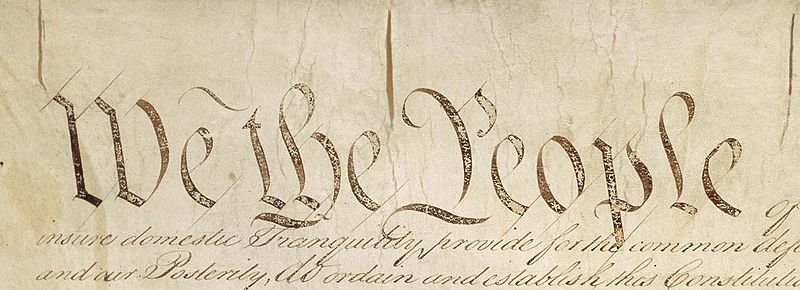
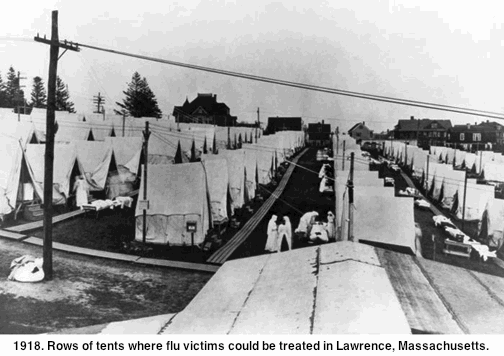
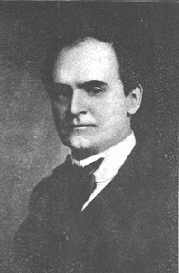
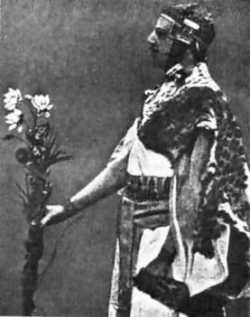
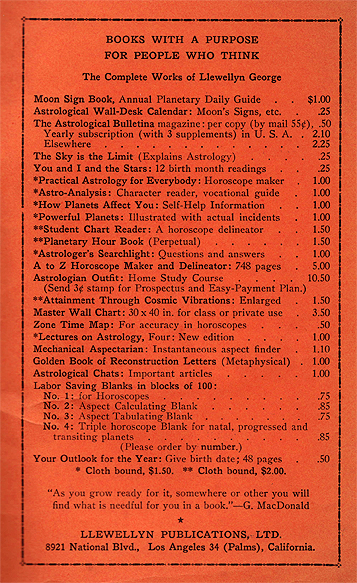
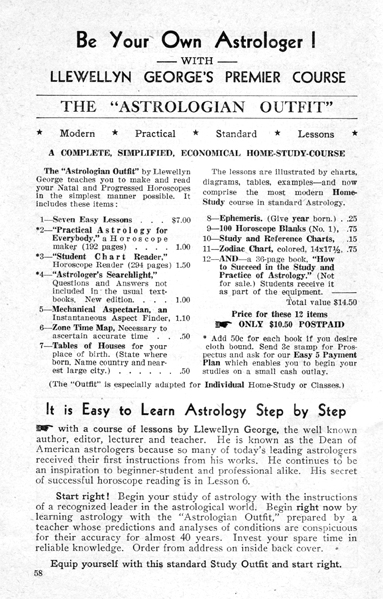
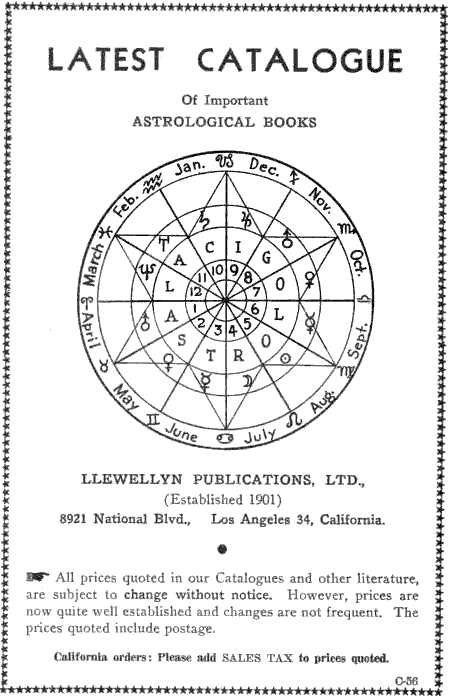
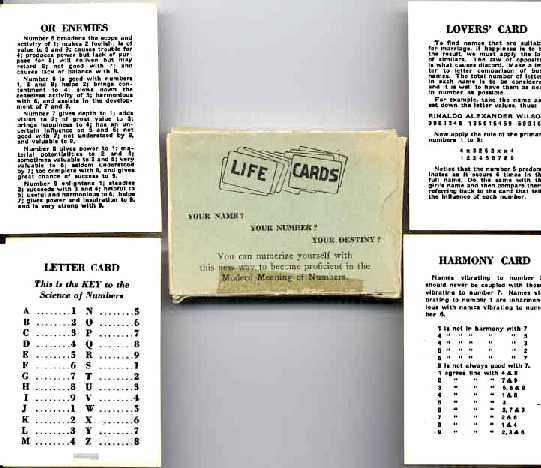
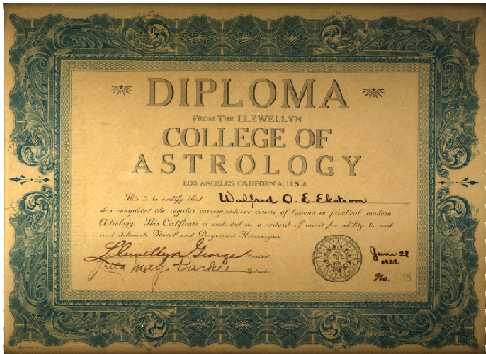
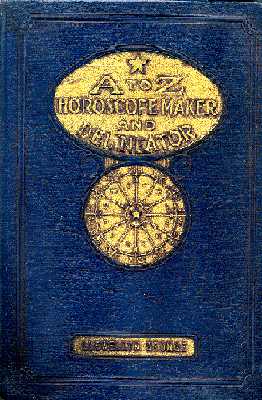
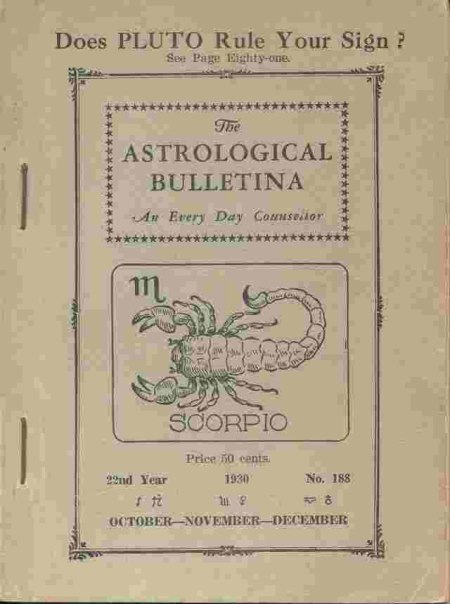
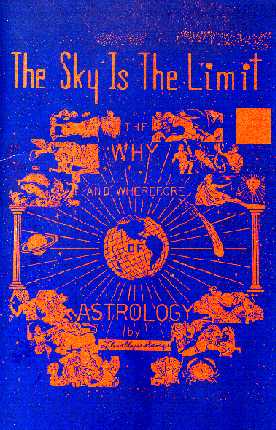
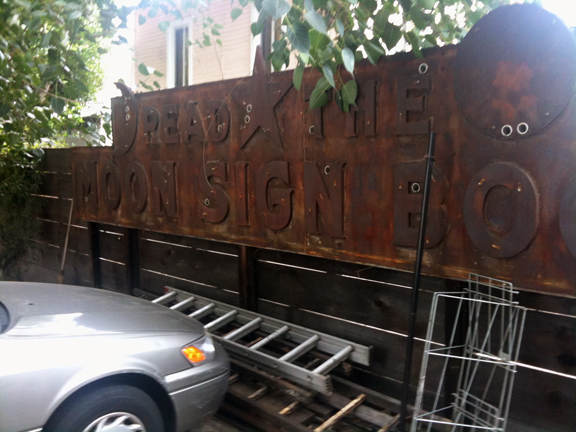








[…] and metaphysical publishing and thought. (You can read a history of Llewellyn in 3 parts: Part One, Part Two, and Part […]